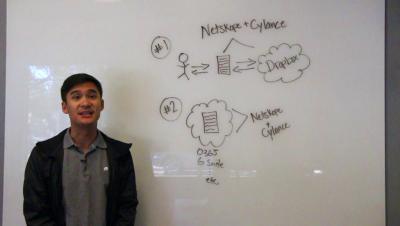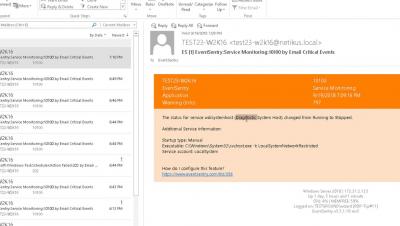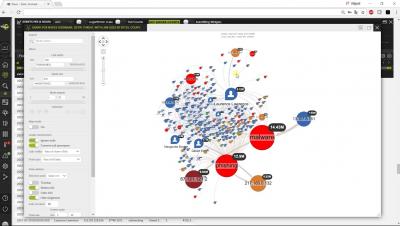What to Do and What to Avoid When Implementing Security in the DevOps Lifecycle
DevOps is redefining the way organizations handle software development. But it’s also challenging security professionals in their efforts to manage digital risk. With that said, there are security teams need to be strategic about how they approach DevOps security. Here are some expert recommendations on what to do and what to avoid when implementing security in the DevOps lifecycle.











